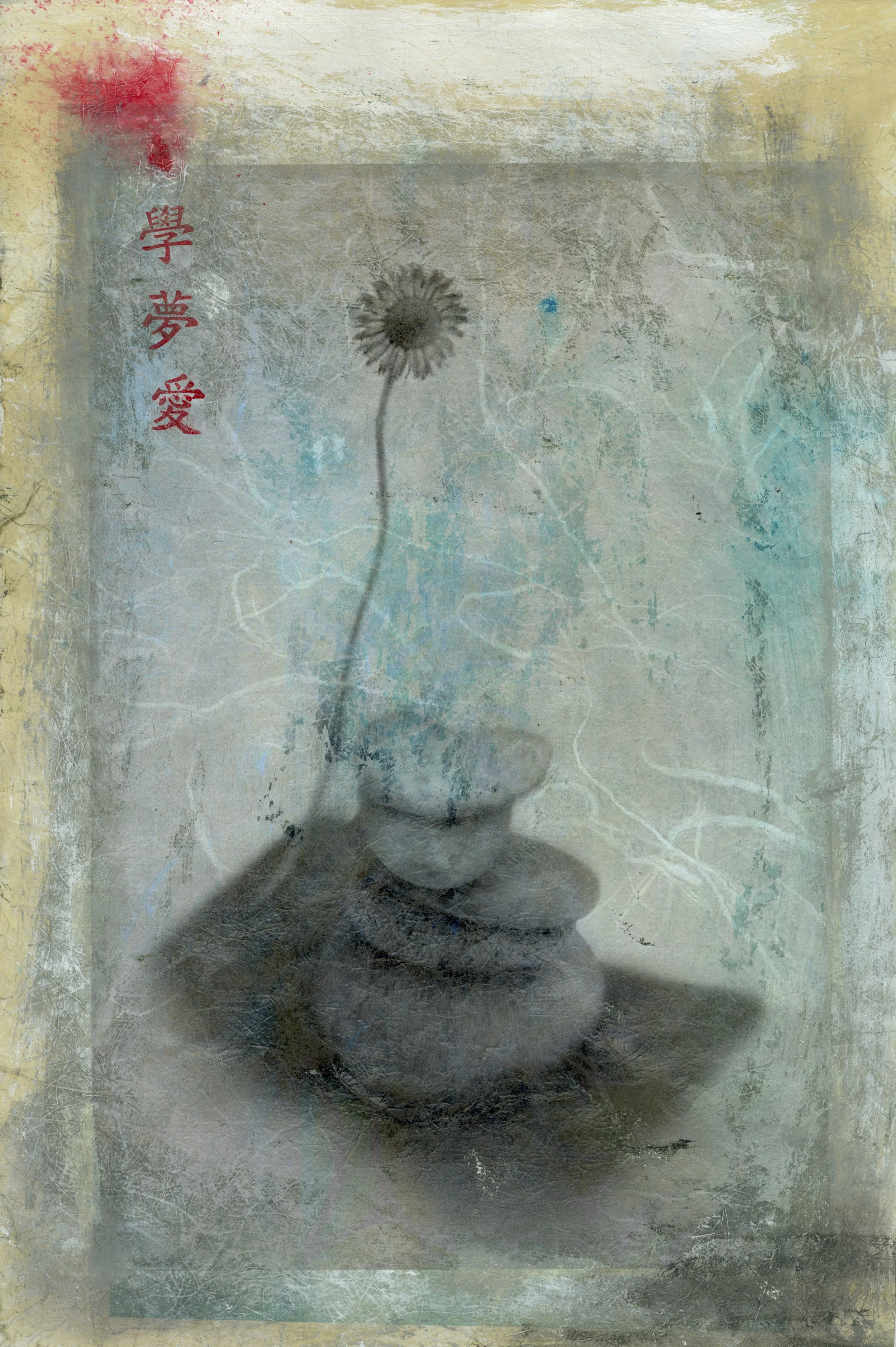Example 2: Self-Healing Through Buddhist Insight
Tuning Into Your Own Healing Potential
Buddhist teachings emphasize mindfulness, presence, and the interconnected nature of all things. These principles can also guide us in our healing journey. True wellness isn’t just about addressing physical symptoms—it’s about understanding the deeper patterns that affect our well-being.
The Role of Awareness in Healing
Many ailments stem from stress, emotional imbalances, and unresolved experiences. By cultivating awareness through meditation and self-inquiry, we begin to recognize how our thoughts, emotions, and habits impact our health. Acupuncture can work alongside these practices, helping to clear stagnation and restore energetic flow.
Letting Go and Allowing Balance
Buddhism teaches that suffering often arises from resistance—whether to pain, change, or emotions. In healing, learning to soften our grip and trust the body’s wisdom is key. Acupuncture supports this process by creating space for energy to move freely, allowing the body to return to its natural state of balance.
Healing as a Journey, Not a Destination
Rather than seeking quick fixes, self-healing is about cultivating long-term awareness and care. When we approach healing with curiosity and compassion, we empower ourselves to live with greater ease, peace, and vitality.


